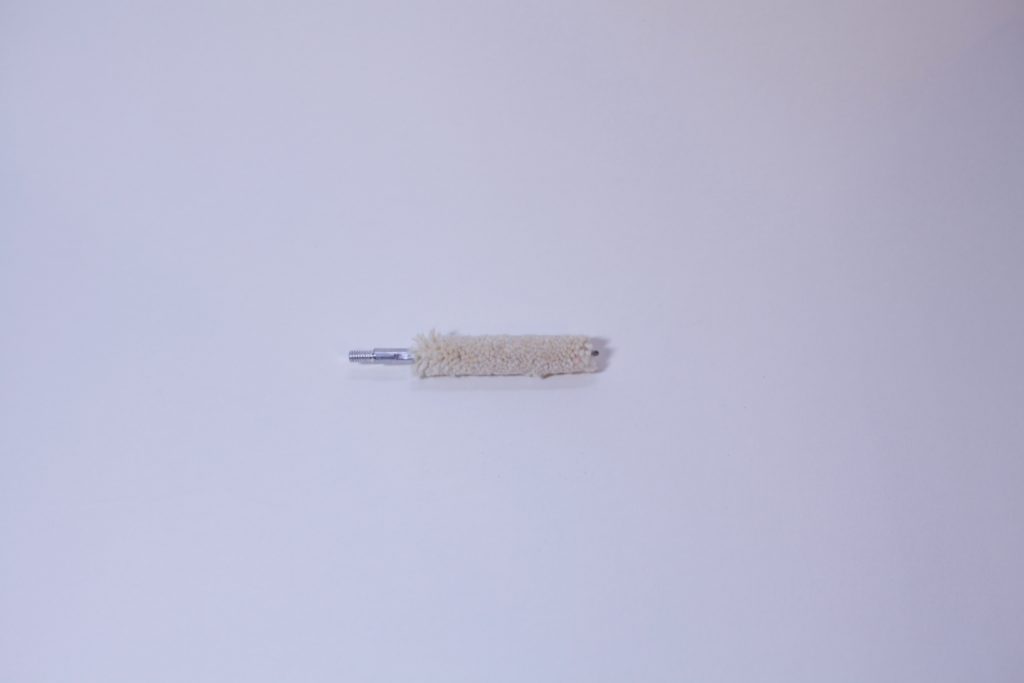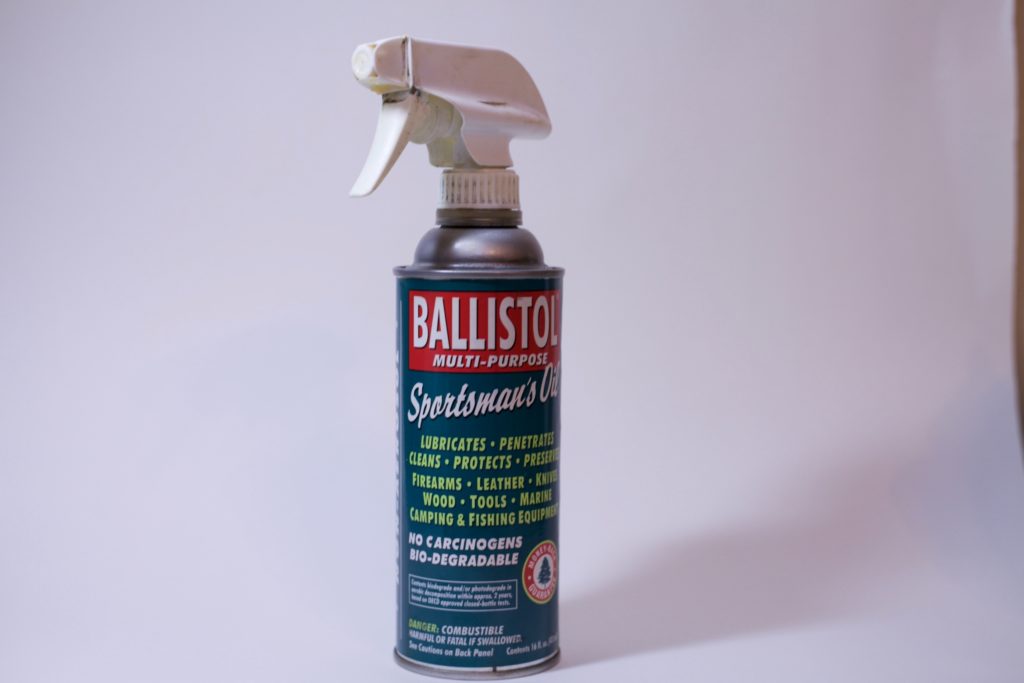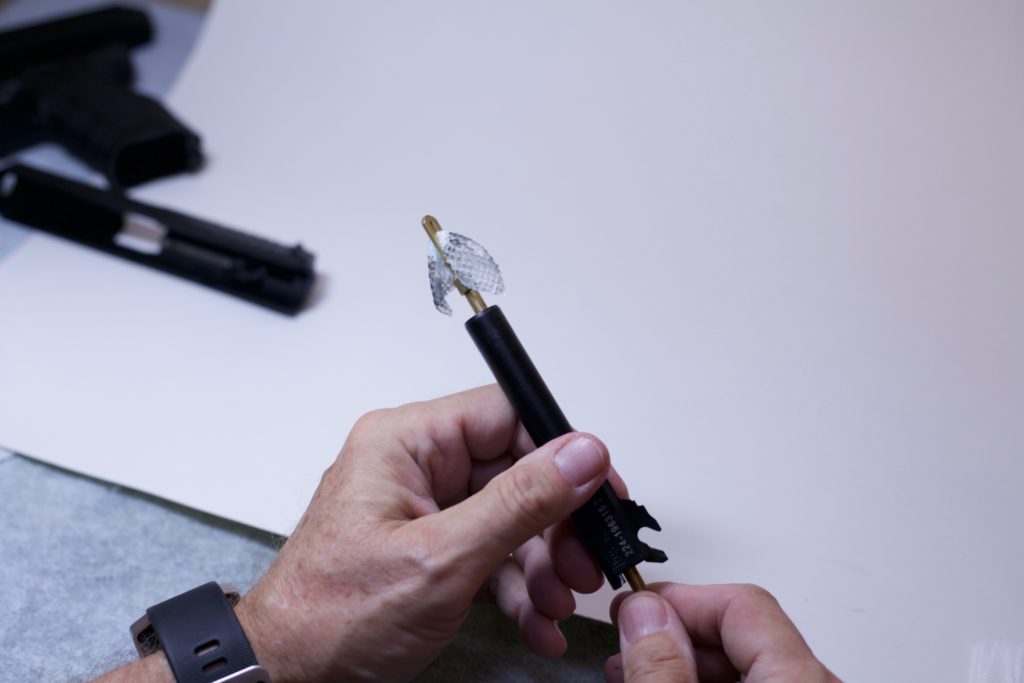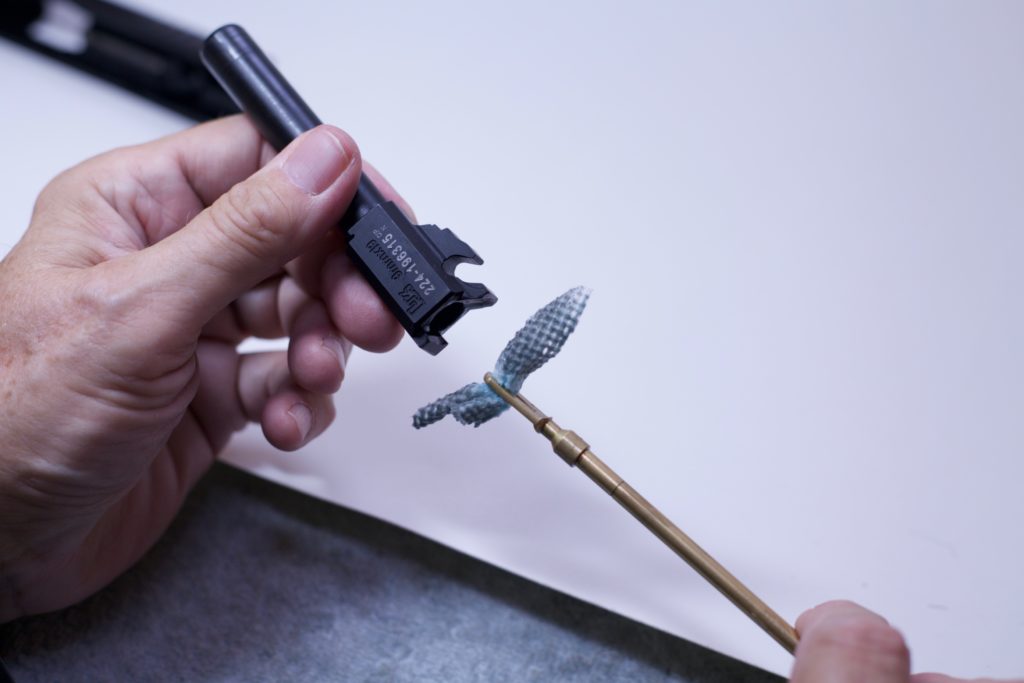Whether you're new to guns or are an experienced shooter, proper maintenance of your firearm is a must. We created this detailed guide to walk through everything you will need to know about cleaning a pistol; including equipment and step by step instructions showing detailed photos for each step.
"How often should I clean my gun?" is a highly debated question. Want to know our stance? Clean your gun after every use.
And if you know what you're doing, it's pretty quick and easy. That's why we created this detailed guide.
Our goal was to make a step by step guide for some who had no idea how to clean a gun.
It might seem like there are a lot of steps but there are only a few processes that you repeat the same method.
Disclaimer: always consult your owner's manual for proper care instructions.
We'll cover how to properly clean and lubricate the key components of your handgun.
The first part of the process is cleaning. This removes carbon and copper from all gun surfaces including the barrel, action and exterior surfaces.
The second part is lubrication. This improves performance of all components that may have friction. These areas are defined in your owner's manual but we'll also show what we're talking about in pictures below.
Lastly, we will apply protective product on the outside metal surfaces of the gun for protection from water and rust.
Disclaimer: Everyone has their own cleaning process and product preferences. Here’s what we use to clean a gun but there are many products on the market to choose from. Feel free to choose the ones that work best for you.






Amazon sells kits with most of the things you need, like this.
Setup your workspace in a well ventilated area. Have a garbage nearby and plenty of paper towels.
Verify that your pistol it isn’t loaded and remove the magazine. Make sure there is no round in the chamber.

Every pistol has its own instructions to disassemble. Refer to your owner's manual for the best how to properly disassemble gun*.
*There are different levels of disassembly. Go for the (field disassemble), meaning don’t further than necessary and remove trigger.





Note: The patch turning blue is the patch cleaning out copper. The patch turning black is cleaning out carbon.

Remove the brass loop from the cleaning rod and attach a copper or nylon brush.
Note: Check your owner's manual for brush recommendations. For example, I can't use a steel brush on my barrel.







Tip: You can try putting a patch over your mop to dry the barrel to extend the life of your mop.




Apply solvent to a Qtip and run over spring and end surfaces.






Reassemble the pistol and cycle 3-4 times to make sure everything is properly assembled and functioning.

Apply protective oil lightly to all exterior surfaces of the pistol.
You did it! You now know how to clean a pistol. Now store your handgun in a secure, cool dry place.
Every time you fire your gun an explosion happens.
And your gun builds up fouling material every time you shoot your firearm. This carbon and copper fouling material gets into the inside chamber and barrel of the gun.
2 reason to clean your gun:
This is a widely debated topic and a bit of a loaded question. Our recommendation is to clean your gun after every time you shoot it.
Depending on how you shoot - competitive vs recreational - you might think about cleaning based on the number of rounds fired. For example, competition benchrest shooters clean their gun after a set number of rounds during a competition. The manual that came with your gun will also give you maintenance recommendations.
Guns can get dirty on all the main shooting components including the barrel, action, slide and magazine and exterior metal surfaces.

Disassemble your gun per your owners manual and physically inspect all components. Inspect the barrel for fouling.
Tip: Work in a well lit space and have a lamp or light handy to help inspect the chamber, barrel, and the outside surfaces.
We recommend cleaning your gun every time you shoot.
Note: It's easier to clean when the barrel is still warm, and can even be done at the range. Removing the fouling material will require more effort if left to sit for a long time (like cleaning a dish that's been sitting out for days).
You'll be working with some chemicals so be sure to set up your work space in a well ventilated area.
Be sure to put down a towel or gun mat so you don't damage the surface you're working on.
Optional tip: wear gloves and save your hands while handling chemicals.
Feel free to reach out with any questions and we've to hear if you have comments.
We hope this was helpful.